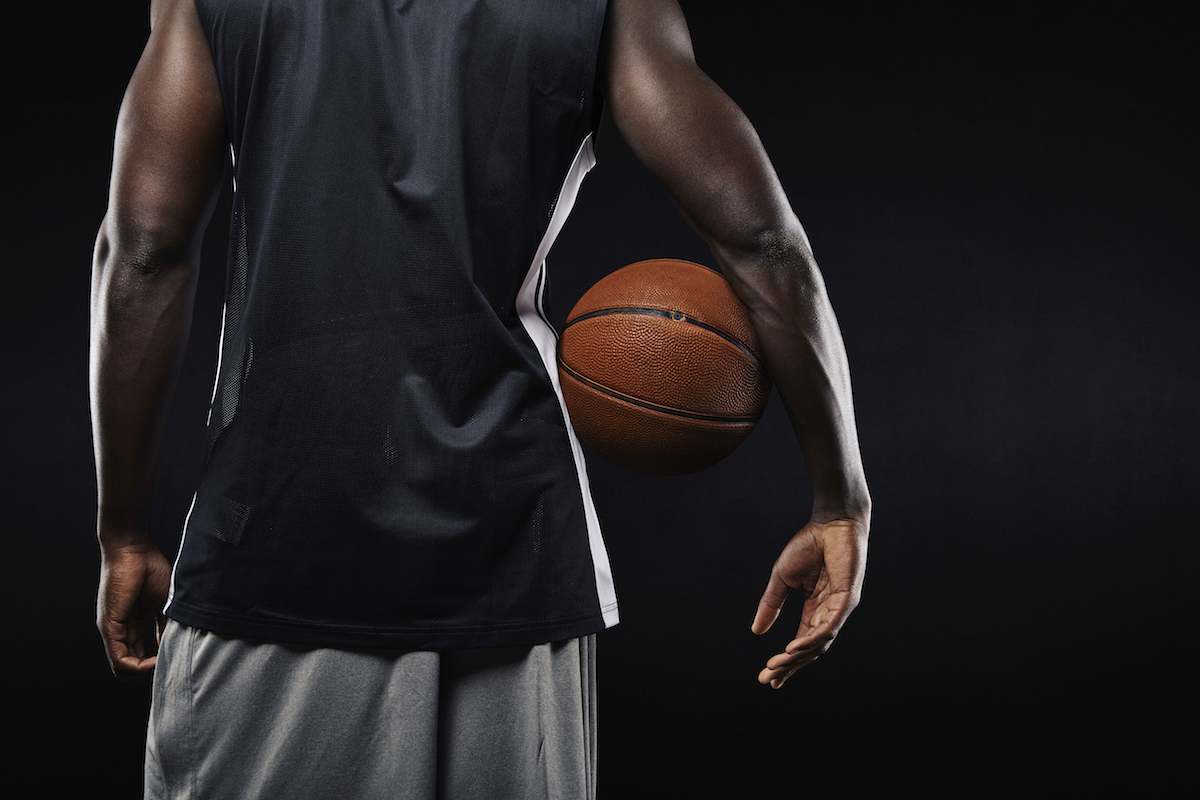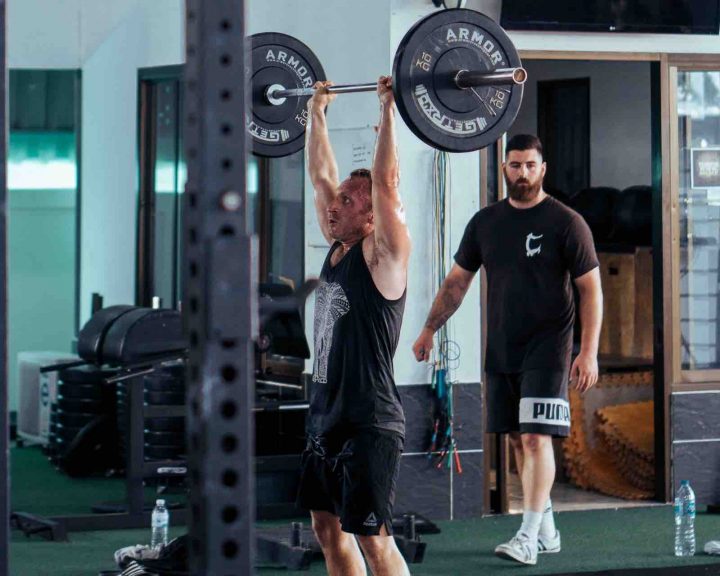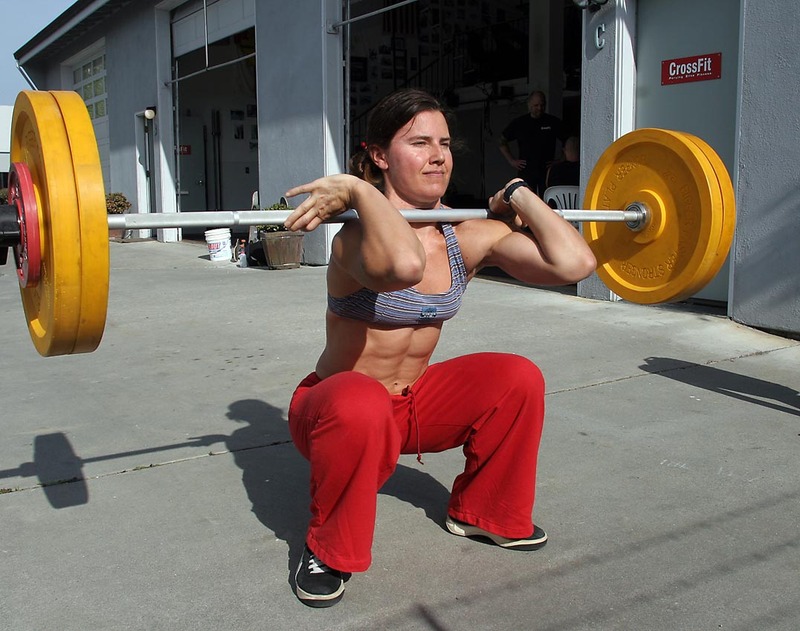Strength and conditioning professionals have been point out for years that children aren’t just smaller adults when it comes to training programs. In the latest issue of the Journal of Strength and Conditioning Research, Lloyd et al have an interesting study that compares younger subjects with older ones to see if training impacts different age groups differently.
The authors studied the effects of different types of training programs (plyometrics, strength training, and combined) on males that were pre-peak height velocity (i.e. around 13 years old) and post-peak height velocity (i.e. around 16 years old). The subjects were tested on the squat jump, reactive strength index (perform five consecutive jumps on a force platform and have the last four jumps analyzed), ten meter sprint, and twenty meter flying sprint.
The subjects trained twice a week for six weeks. They trained in one of three protocols:
- Plyometrics: landings, vertical, and horizontal jumps. Progressing from almost 75 foot contacts per workout in week one to almost 90 per workout in week six.
- Strength training: three sets at 10-RM for squats, lunges, step ups, and leg presses.
- Combined: the squat and lunge (3×10-RM) were combined with two jumps which varied form week to week.
Results:
The tables below summarize the changes after six weeks for the pre peak height velocity group and the post peak height velocity group. Each table shows plyometric training (PT), strength training (ST), and combined (C) group changes for the 10m sprint, 20 meter flying sprint, squat jump (SJ), and reactive strength index (RSI).
Pre Peak Height Velocity:
| PT | ST | C | |
| 10 m | 4% | 4% | 5% |
| 20m | 3% | 0% | 3% |
| SJ | 15% | 11% | 17% |
| RSI | 10% | 11% | 0% |
Post Peak Height Velocity
| PT | ST | C | |
| 10 m | 0% | 5% | 5% |
| 20m | 4% | 4% | 7% |
| SJ | 1% | 7% | 13% |
| RSI | 7% | 0% | 0% |
Plyometric training seemed to be more effective for the pre peak height velocity group than the post group. For the pre-group, the combined training also looks to be effective. For the post peak height velocity group, the combined training seemed to be the most effective type of training.
It is interesting that the plyometric-only training is more effective for the younger subjects than the older ones. This interesting finding might suggest that it is more valuable to focus on plyometrics, speed, agility, and bodyweight training with this age group than focus on traditional strength training.
With the older subjects, it’s interesting to see that plyometric training combined with strength training is important. The strength training builds the strength base, the plyometrics applies it. In addition, jumping and sprinting are pretty specific skills and it’s possible that the weight room alone isn’t going to improve those skills as well as someone who becomes stronger and practices being explosive.
Lloyd, R.S., Radnor, J.M., De Ste Croix, M.B.A., Cronin, J.B., and Oliver, J.I. (2016). Changes in sprint and jump performances after traditional, plyometric, and combined resistance training in male youth pre-and post-peak height velocity. Journal of Strength and Conditioning Research, 30(5), 1239-1247.




